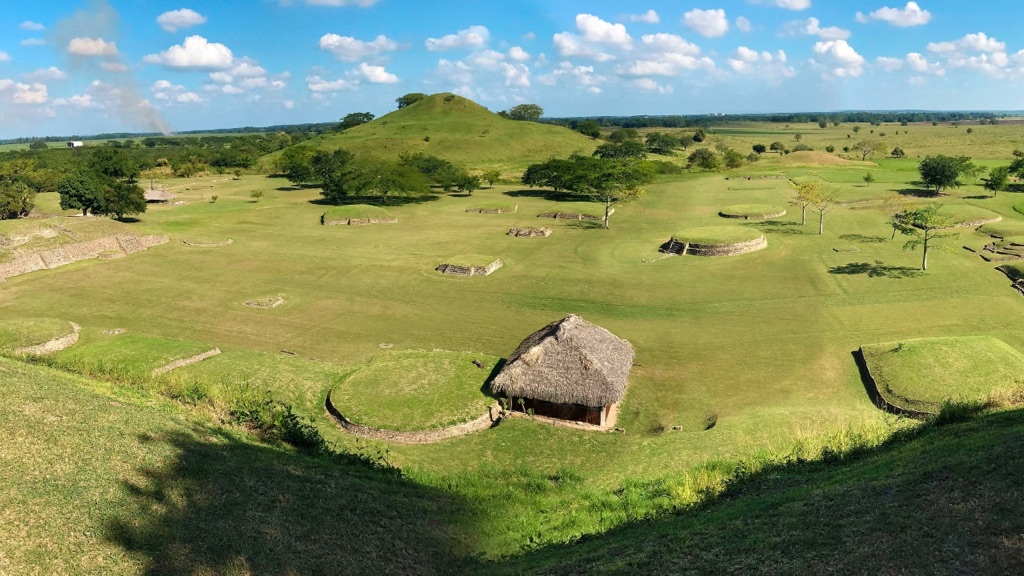Tamtoc is an archaeological site in Mexico, known for its rich history and cultural significance. It offers a window into the lives of the pre-Columbian Huastec civilization. The site features remarkable stone structures, including pyramids, plazas, and a unique circular altar. Tamtoc’s discovery and subsequent studies have shed light on the Huastec people and their way of life before the Spanish conquest.
Get your dose of History via Email
Historical Background of Tamtoc
Archaeologists stumbled upon Tamtoc in the 20th century, revealing its historical treasures. The Huastec people, known for their distinct culture within the Mesoamerican region, built this site. They thrived here from as early as 600 AD. Over time, Tamtoc became a bustling center, possibly serving as a political or religious hub. Although the Aztecs later dominated the area, Tamtoc’s original essence remained intact. It was not the scene of major historical battles but rather a place of cultural and daily significance for its inhabitants.
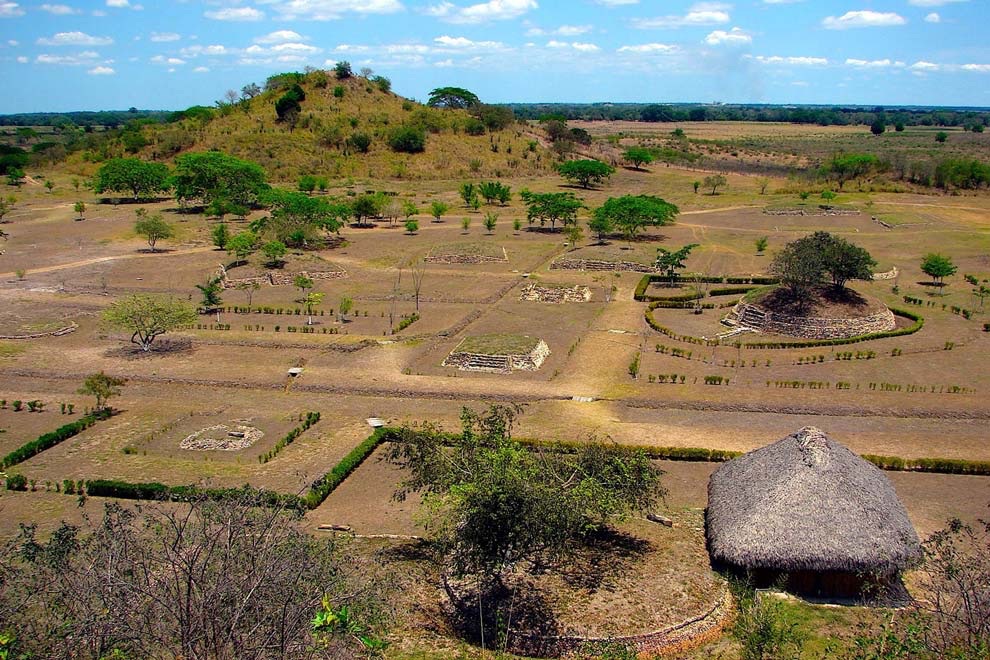
Researchers believe that the Huastec civilization, part of the wider Mayan culture, created Tamtoc. They were skilled in architecture and astronomy. The site’s layout suggests a deep understanding of these fields. The Huastec people inhabited Tamtoc until the late 15th century. Afterward, the site lay dormant, hidden by lush vegetation until its rediscovery.
The discovery of Tamtoc was a breakthrough in understanding Huastec history. Archaeologist Guy Stresser-Péan led the first major excavations in the 1940s. His work brought Tamtoc’s significance to light. Further excavations throughout the years have continued to uncover its secrets.
While Tamtoc was not a battlefield, it was significant for its cultural contributions. The site provides insight into the Huastec’s religious practices, social structure, and daily life. Artifacts found at Tamtoc, such as pottery and sculptures, reflect the artistic prowess of its people.
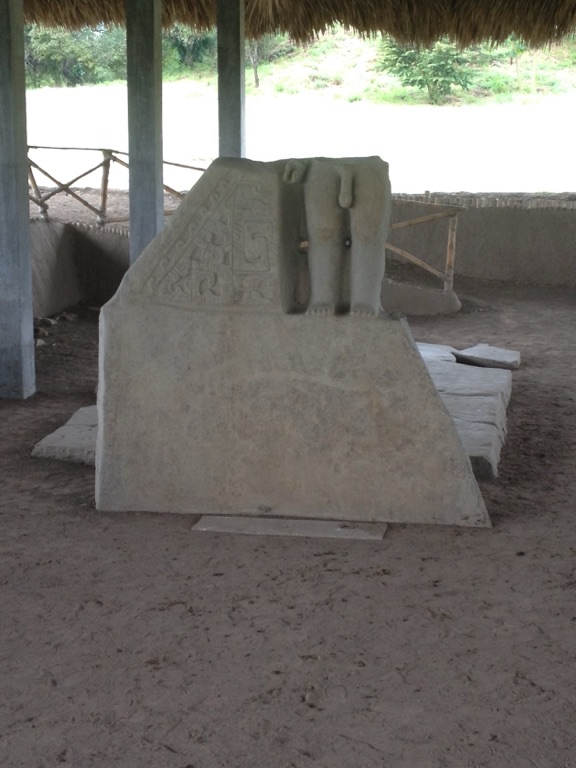
Later inhabitants did not significantly alter Tamtoc, preserving its original Huastec character. The site remains a testament to the Huastec civilization’s resilience and ingenuity. It stands as a cultural landmark, offering a glimpse into a past civilization’s world.
About Tamtoc
Tamtoc’s architecture is a marvel of ancient engineering. The site features a complex of stone structures, including ceremonial centers and residential areas. The materials used for construction were primarily limestone and sandstone, sourced locally. These materials have withstood the test of time, preserving the site’s grandeur.
The main architectural highlights of Tamtoc include its pyramids and plazas. These structures align with celestial bodies, indicating the Huastec’s advanced knowledge of astronomy. The pyramids served as platforms for religious ceremonies, while the plazas were likely used for social gatherings.
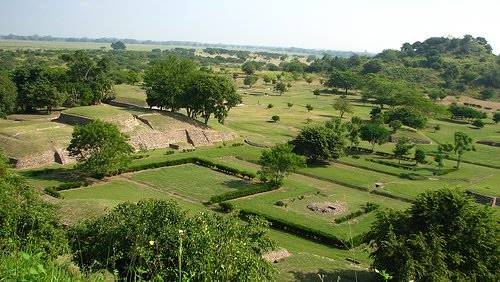
One of the most intriguing features of Tamtoc is the circular altar. This unique structure stands out among the typical Mesoamerican architectural styles. It may have had a significant religious or astronomical function, though its exact purpose remains a topic of study.
The construction methods of Tamtoc reflect the Huastec’s skill and craftsmanship. They employed intricate stone-cutting techniques to create the site’s elaborate designs. The precision of these methods is evident in the site’s enduring structures.
Overall, Tamtoc’s architectural elements showcase a sophisticated society. The site’s layout and construction techniques reveal a deep understanding of urban planning and design. Tamtoc is a testament to the Huastec’s architectural prowess.
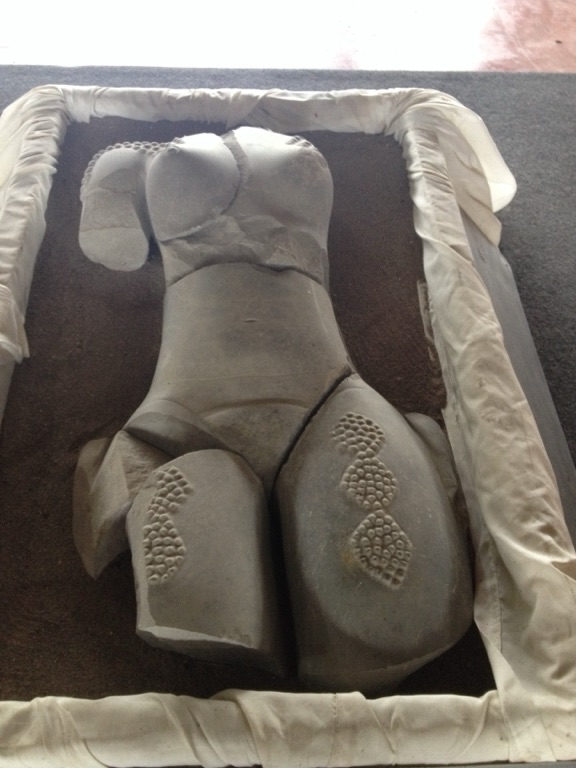
Theories and Interpretations
Several theories exist about Tamtoc’s purpose and significance. Some scholars suggest it was a religious center, given the presence of altars and ceremonial platforms. Others believe it may have been an important trade hub, connecting the Huastec with other Mesoamerican cultures.
The mysteries of Tamtoc include the meaning behind its sculptures and reliefs. These artworks often depict deities and mythological scenes. They may hold clues to the Huastec’s beliefs and rituals, but interpreting them requires careful analysis.
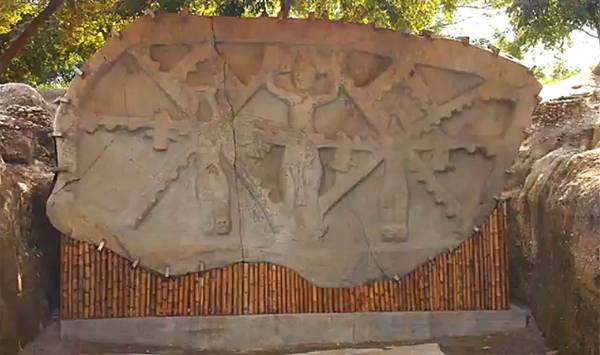
Historians have matched Tamtoc’s features with historical records of the Huastec. These comparisons help to understand the site’s role in the broader Mesoamerican context. However, gaps in the historical record leave room for speculation and further research.
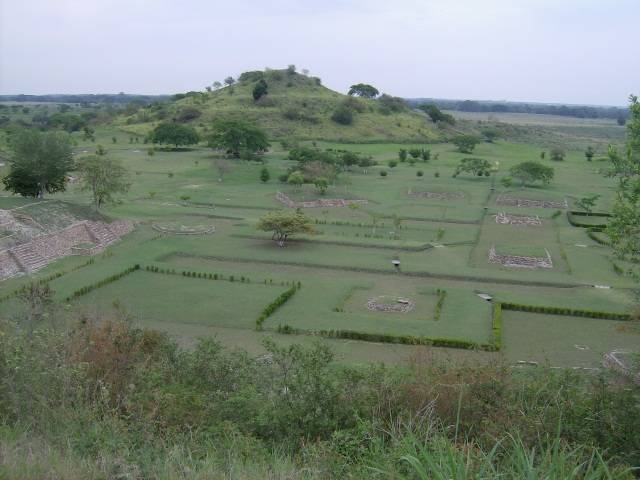
Dating of Tamtoc has been carried out using methods such as radiocarbon dating and stratigraphy. These techniques have helped establish a timeline for the site’s occupation and development. Yet, the full history of Tamtoc is still being pieced together.
The interpretations of Tamtoc continue to evolve as new discoveries are made. Each finding adds a piece to the puzzle, gradually revealing the story of this ancient site. The ongoing research at Tamtoc promises to deepen our understanding of the Huastec civilization.
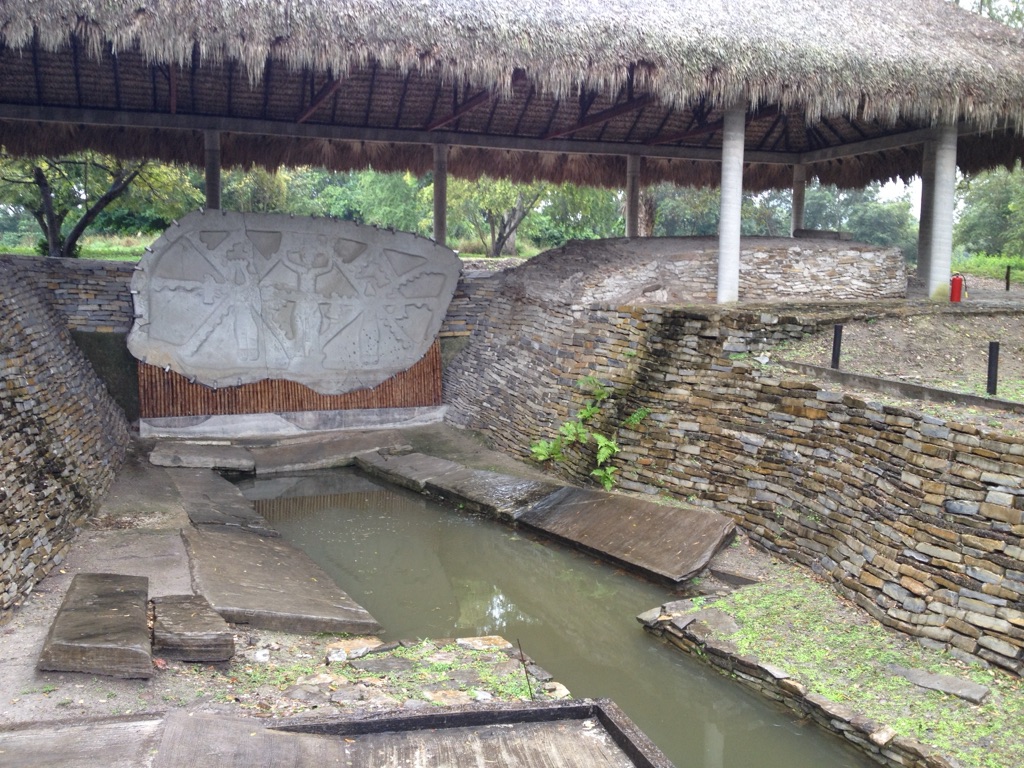
At a glance
Country: Mexico
Civilization: Huastec
Age: Occupied from around 600 AD
Conclusion and Sources
Reputable sources used in creating this article include:
- Wikipedia: https://en.wikipedia.org/wiki/Tamtoc

